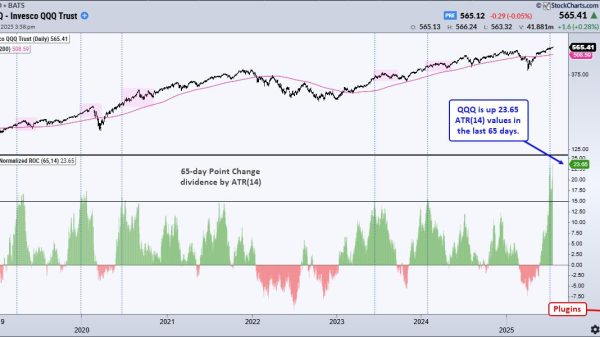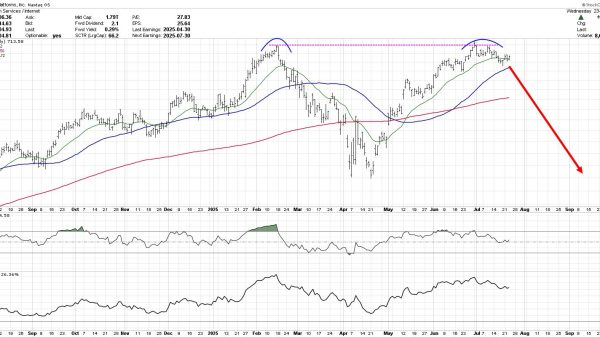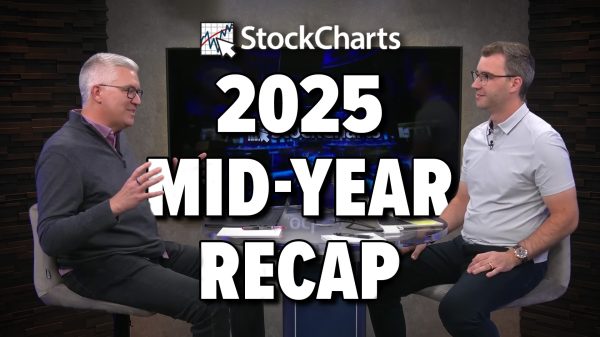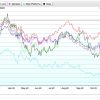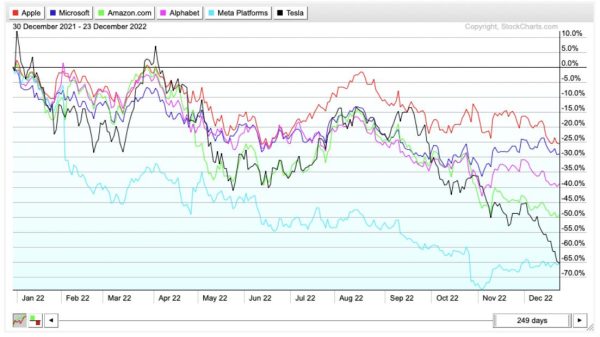The stock market continued to push higher with the S&P 500 ($SPX) and Nasdaq Composite ($COMPQ) closing at record highs on Thursday. The Dow Jones Industrial Average ($INDU) tacked on a solid 192 points (+0.43%). There was a pullback on Friday, but July is a seasonally strong month, the economy remains healthy, and volatility is low, fueling a clear risk-on vibe.
But even in a healthy market, investors face a dilemma. The question lingers: “Should I buy now or wait for a pullback?” One often-ignored clue can help you decide: small-cap price action.
Small Cap Stocks: The Silent Signal
Small caps have been struggling in the recent past. Every time they break above a key resistance level, they’re not able to hold their position for too long. They’re breaking out again, and this time, you’ll want them on your radar.
Since early April, small-caps have been rising along with other asset groups. The S&P 600 Small Cap Index ($SML) has broken above the 1380 level, an area that, in the past, has served as a key support level (see chart below).
FIGURE 1. DAILY CHART OF THE S&P 600 SMALL CAP INDEX ($SML). The index broke above the 1380 level on Thursday but pulled back on Friday. If the upside move continues, it would support a higher move in the large-cap indexes. Chart source: StockCharts.com. For educational purposes.
The percentage of S&P 600 stocks trading above the 200-day moving average was above 50 on Thursday, and advances were greater than declines. The expanding breadth in small caps supports a move higher. For as long as this breadth holds, the broader market has room to keep climbing.
In the five-year weekly chart of $SML, you can see that $SML has broken above its 40-week simple moving average (SMA). A continued move higher would support a rise in the overall market. When small caps participate in the upside move, it’s an indication that the health of the overall market is strong. We saw this happen at the end of 2023 when $SML broke above its 40-week SMA. It stayed above that moving average until the end of March 2025. During that time, the S&P 500 gained almost 50% (see figure 3).
FIGURE 2. WEEKLY CHART OF $SML AND S&P 500. $SML broke above its 40-week SMA, supporting the S&P 500’s move higher. Chart source: StockCharts.com. For educational purposes.
In the weekly chart of the S&P 500, it’s evident that the large-cap index led the move higher.
FIGURE 3. FIVE-YEAR WEEKLY CHART OF S&P 500. The large-cap index led the move higher, but small caps led the move lower. Chart source: StockCharts.com. For educational purposes.
But here’s where it gets interesting. If you compare the chart of $SML and $SPX, it’s clear that the small-cap index started its decline well ahead of its large-cap cousin. $SML pulled back to its 40-week SMA in early January 2025 and bounced off it. The high was lower than the previous high, the first sign of a confirmed downtrend.
The S&P started its downtrend in early February, which was confirmed in late February when it hit resistance at its 40-week SMA and declined. The small caps rolled over first, and if you had noticed it, it would have been your first alert that large-cap stocks would soon follow.
Will Small Caps Outrun Large Caps?
In an environment where capital is rotating into growth stocks, it’s unlikely small caps will outperform large-cap stocks. In the chart of the SPDR Portfolio S&P 600 Small Cap ETF (SPSM) vs. the S&P 500 ETF (SPY), between 2023 and 2025, small caps underperformed the large caps. (Note: This chart can be accessed from the Market Summary page.)
FIGURE 4. PERFORMANCE OF SMALL CAPS. VS. LARGE CAPS. Between 2023 and 2025, small caps underperformed large caps. Chart source: StockCharts.com. For educational purposes.
The takeaway: Since small caps lead the broader market lower, investors should make it a point to monitor their price action, especially when the stock market continues to rise.
Add $SML or a small-cap proxy such as the iShares Russell 2000 ETF (IWM) or the SPDR Portfolio S&P 600 Small Cap ETF (SPSM) to your ChartLists. When you see a confirmed downtrend in small caps, expect a pullback in large caps. It may not happen immediately, but at least you’ll be better prepared for the next significant pullback or correction.
Closing Position
Small-cap stocks may not take the place of the large-cap growth stocks in your portfolio, but they silently signal the market’s next move. By monitoring $SML and small-cap proxies on StockCharts, you’ll get an early heads-up, which will allow you to act with confidence — whether that means trimming your winners, adding hedges, or jumping into new setups.
Are you ready to follow the price action in the charts? Log in to your StockCharts.com account, click on the charts in this article, and save them to your ChartLists.
Disclaimer: This blog is for educational purposes only and should not be construed as financial advice. The ideas and strategies should never be used without first assessing your own personal and financial situation, or without consulting a financial professional.











